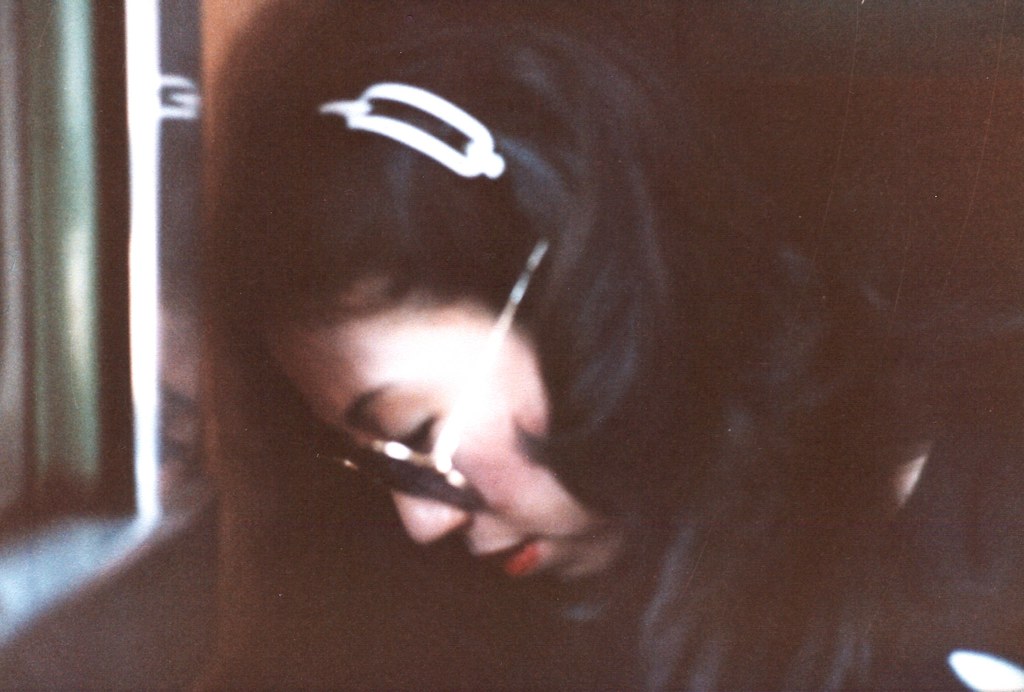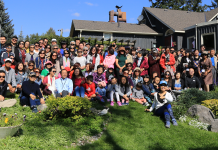Syria, a nation in the middle east, is renowned for its prosperous convention that has persisted into the present day. One such tradition is the Syrian bride. The bridal ceremony is a spectacular event with incredible rituals. The guests and community shower the man and bride with love and affection. A novel chapter in the lives of the newlyweds begins on the day of their syrian bride, which is a moment for festival.

In addition to celebrating the happy union of the couple, the syrian wedding tradition even serves as a charitable deed. The bride-to-be known as “ktab” is expected to receive a payment from the couple’s household. The Ktab is a requirement, and without it, the marriage is never full. The groom and his family are expected to distribute products to the friends in addition to paying a dowry. These presents are referred to as “adliyah.”
A syrian ceremony is customarily celebrated with music and dance. At the wedding bash, attendees are invited and given drinks and meals. A conventional syrian artistic ensemble known as “arada” plays the tunes. The group is is east meet east worth it made up of chanters and musicians who sing the Prophet Muhammad’s praises. In addition, the arada sings spiritual verses and wishes the newlyweds well. Typically, a Syrian bridal lasts until the wee hours of the morning.
A person’s wedding was regarded as the biggest and most significant occasion in her existence prior to the start of the battle. It served as a metaphor for her transition from being an impressionable young woman to her womanly responsibility and her separation from the family. However, as a result of the conflict’s beginnings and the exodus of individuals from Syria and abroad, many Syria have switched to more Western-inspired wedding festivities. Unfortunately, a lot of individuals continue to practice the rituals.
The bridal shower, which is typically held in a small meeting, is the first step in any normal Syrian bride. The bride is being prepared by her near pals and young cousins. The wedding is subsequently brought to her home by the men. The groom is cheered and clapped for as he enters the hallway by a group of troubadours and performers known as the “arada” who are hired by them. The man typically has to delay at the doorway until a family member pays him the amount he requests.
The wife next makes her magnificent entry as a sizable crowd from both individuals congregates inside or outside the building. The bride enters the room wearing her bridal gown and is led to her couch by her maid of honor and best gentleman during this time, which is followed by more music and applause. The rest of the people then enter one by one, and until the bride and groom arrive at their tables, all cheers and dances louder.
Connections with one’s extended community are highly valued in clan-rich communities like the Manbij region, and weddings offer a chance to enhance these ties. Additionally, standouts take advantage of this opportunity to mediate disputes between arguing people. This is frequently accomplished by putting tension on both families to extend invitations to the ceremony to one another.











